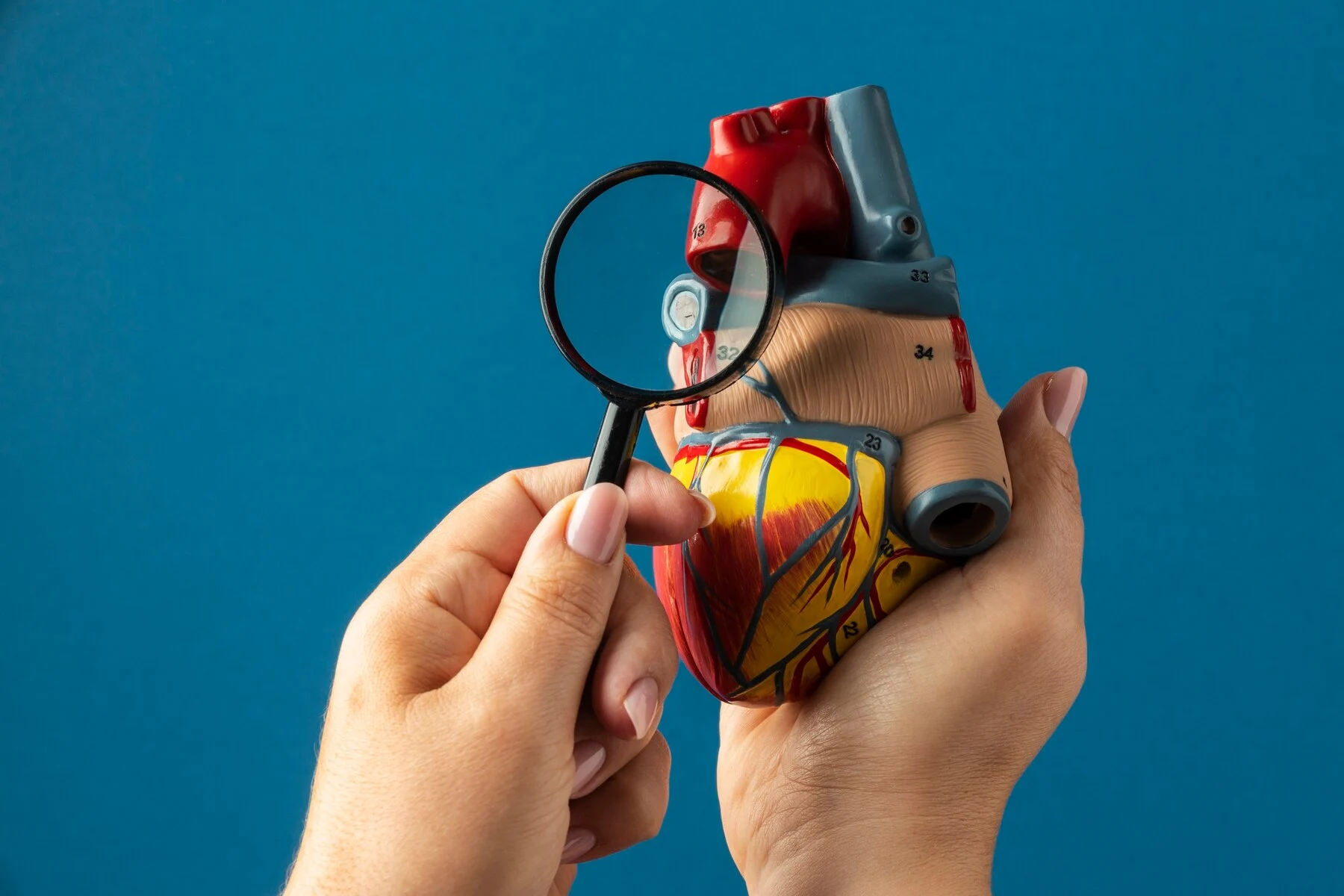In a groundbreaking revelation for the medical world, Dr. Li Jiawen of the University of Adelaide, has introduced a state-of-the-art 3D-printed endoscope tailored to assist cardiologists in pinpointing heart attack susceptibilities. This avant-garde innovation, consolidating cutting-edge 3D printing with light-based imaging, marks a significant evolution in the realm of medical diagnostics.
Dr. Li’s unparalleled prowess in biomedical engineering have not only bestowed upon her global recognition but earned her a prestigious spot in the 2023 edition of MIT Technology Review’s Innovators Under 35.
The crux of Dr. Li’s innovation lies in its dual imaging approach. Seamlessly merged into a minuscule lens – as diminutive as a grain of salt – this endoscope offers clinicians unmatched image clarity of arterial plaques. While many plaques remain benign, certain forms rupture, escalating the peril of artery blockages. The existing medical probes, though functional, fall short in predicting plaque behavior with certitude. Dr. Li’s creation seeks to bridge this diagnostic chasm.
Collaborating with German scientists, Dr. Li refined her vision by 3D printing the lens onto an ultra-thin optical fiber. This sophisticated fiber, comparable in width to a human strand of hair, is adept at navigating the arterial labyrinth leading to the heart. By fusing optical coherence tomography with 3D nano/micro-manufacturing, she envisions a diagnostic tool that excels in plaque risk assessment.
On the horizon for Dr. Li and her esteemed team are clinical trials, having already showcased the endoscope’s prowess in preclinical assessments. Beyond its cardiac applications, the team envisions the device’s potential in cancer detection, specifically in intricate areas like the bile duct and lungs.
In the grand tapestry of medical innovation, MIT’s Innovators Under 35 seeks to spotlight luminaries shaping our technological future. Dr. Jiawen Li, with her 3D-printed endoscope, undeniably stands as a beacon of inspiration, underlining the boundless potential of 3D printing in revolutionizing healthcare diagnostics.





